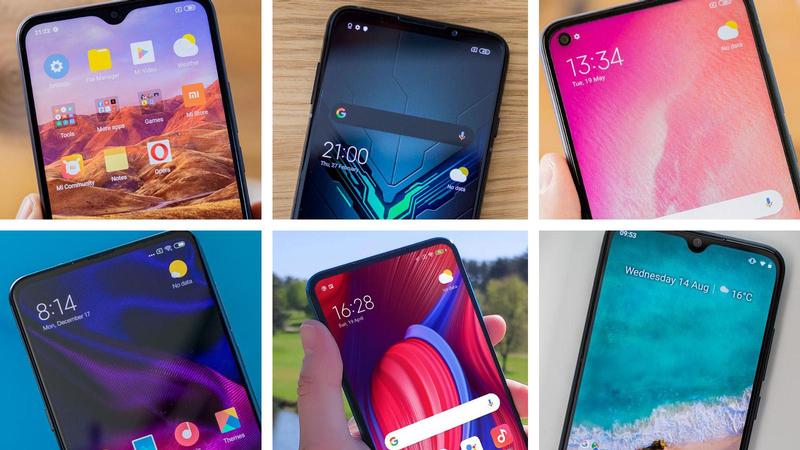It might not be familiar to you, but Xiaomi is the world’s third-largest smartphone vendor. It has a range of high-quality yet affordable phones within its flagship Mi and budget Redmi lines, and is very often unbeaten on value for money.
Since November 2018 Xiaomi has officially sold its phones in the UK via the official Mi Store (often also available at Amazon and via some mobile operators), but it can sometimes still be cheaper and easier – especially when they have only recently been released – to import them from China, using sites such as GearBest and Geekbuying.
Best Xiaomi Phone Reviews 2021
The latest Xiaomi phones are often announced in China long before they come to Europe and the UK. This can mean a delay between the phone’s debut and us getting our hands on a review sample. We do everything we can to add new models to our chart as soon as possible in order to give you the best advice.
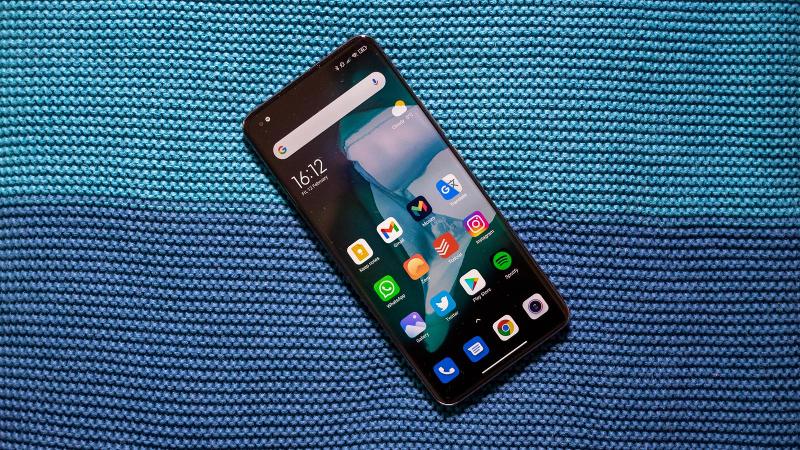
- Pros
- Fast performance
- Great camera
- Attractive design
- Phenomenal value
- Cons
- No IP rating
- No telephoto camera
The Mi 11 is a fantastic bit of hardware for the price. The fastest chipset around, a beautiful display, and strong cameras are all packaged within a lovely bit of industrial design.
Some will miss the IP rating, though for me the bigger downsides are the choice of a macro over a telephoto lens, the only average battery life, and a software experience that still lags behind the key rivals.
Read our full Xiaomi Mi 11 review
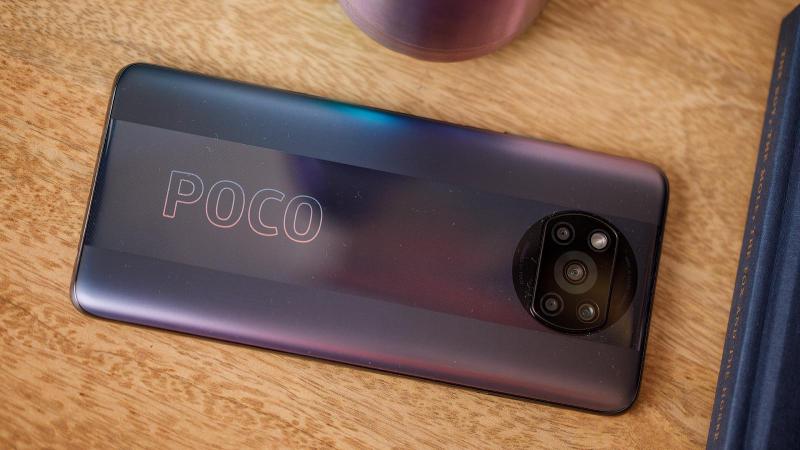
- Pros
- Phenomenal performance
- Big 120Hz display
- Long-lasting battery
- Cons
- Big and bulky
- No 5G
- Average camera
The Poco X3 Pro is a phone designed for Android gamers or power users on a budget, though it might also appeal to those who want to go big on specs in order to future-proof their phone.
If pure performance isn’t your priority, then you can find phones that are slimmer and lighter, with better camera performance, for around the same price.
What you won’t find is any phone that can match this pound for pound right now. This is near-flagship processing power in one of the cheapest phones on the market, and it’s almost ludicrous that Xiaomi has pulled it off.
Read our full Xiaomi Poco X3 Pro review
Xiaomi Redmi Note 10 Pro
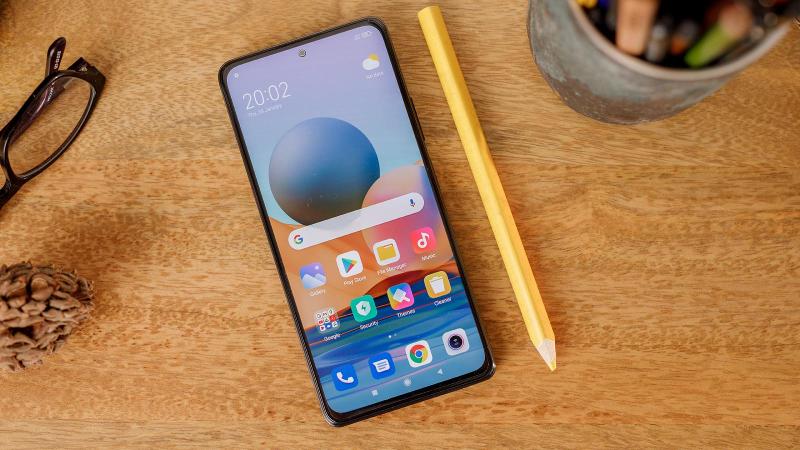
- Pros
- Stunning 120Hz AMOLED display
- Long battery life
- Excellent cameras
- Cons
- No 5G
- No OIS
- Huge camera bump
The Redmi Note 10 Pro is one of the best budget phones you can buy, with Xiaomi delivering exceptional value for money.
Highlights here start with the stunning screen offering AMOLED technology and a 120Hz refresh rate, and continue with an excellent set of cameras. The headline is a 108Mp whopper which is backed up by a reasonable ultra-wide and a surprisingly decent telemacro.
There are smaller delights too such as the inclusion of a headphone jack, Arc fingerprint scanner, stereo speakers and even an IR blaster. Battery life is also strong (Xiaomi includes a 33W charger in the box), and core specs are decent with a Snapdragon 732G ensuring smooth performance.
Our only real gripe is a lack of support for 5G.
Read our full Xiaomi Redmi Note 10 Pro review
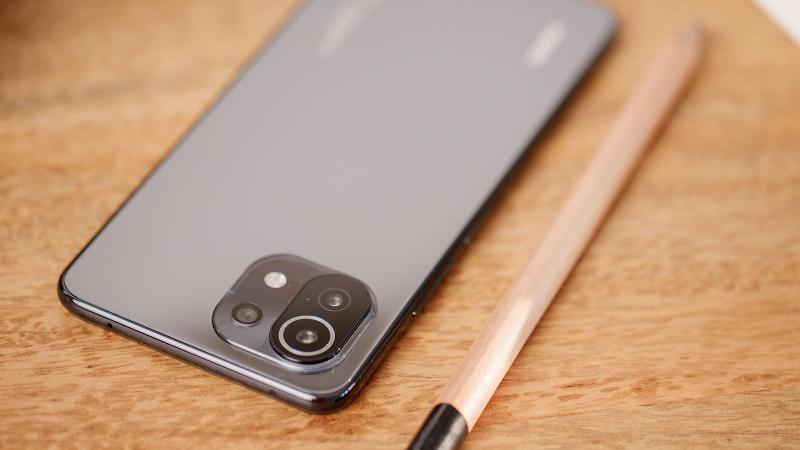
- Pros
- Impressively thin and light
- Feature-packed
- Decent value
- Cons
- Camera inconsistencies
- Fingerprint magnet
On first impressions, despite its standing as the lowliest member of the Mi 11 family, is that the Mi 11 Lite ‘wows’ with its wafer-thin form. Dig a little deeper and you realise it’s also imbued with a stunning display, capable internals and a feature-packed user experience.
If design isn’t at the top of your list of priorities in a new phone, your money will likely go further elsewhere (although you’re still likely to find something suitable within the Xiaomi catalogue), however, the Mi 11 Lite delivers a pleasingly well-rounded experience for the price, complete with a few unique touches.
Read our full Xiaomi Mi 11 Lite review
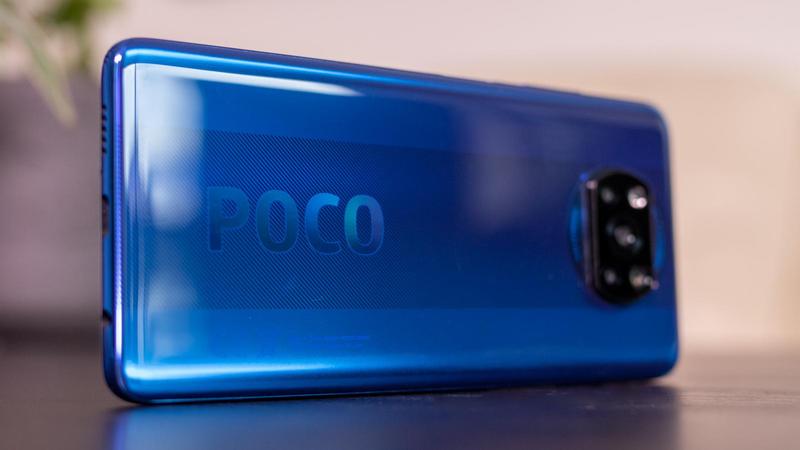
- Pros
- 120Hz display
- 2-day battery life
- Excellent camera
- Powerful performance
- Cons
- Thick and heavy
- Unreliable fingerprint scanner
The Poco X3 isn’t perfect. The big battery makes it bulky, and we don’t love the aesthetic. For the most part these are small complaints though, especially when stacked up against the X3’s myriad strengths: strong specs, an excellent camera, a beautiful display, and absolutely fantastic battery life.
The fact that you can get all of that for under £200 is almost unbelievable, and makes the Poco X3 a shoo-in for the best budget phone of 2020.
Read our full Xiaomi Poco X3 NFC review
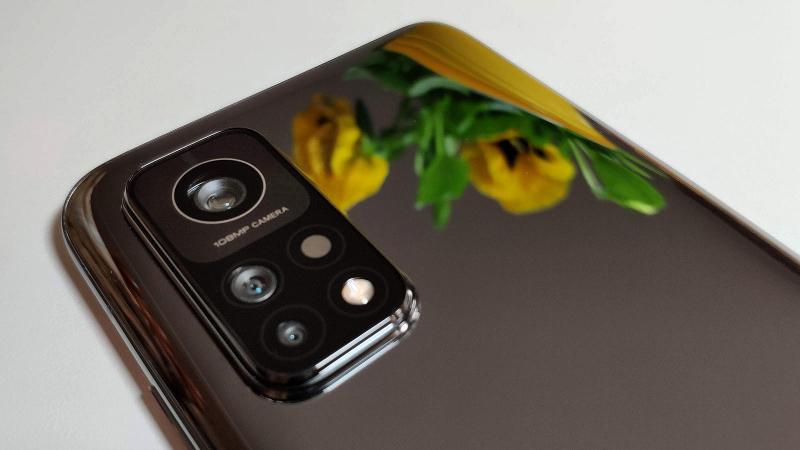
- Pros
- 144Hz display
- 108MP camera
- Decent performance
- Very good battery
- 5G
- Cons
- Camera protrudes too far
- LCD not OLED
- Heavy
- No wireless charging
It’s not quite up there with the flagships, but this is a very decent Xiaomi phone. We’d love to see an OLED panel, wireless charging and some refinements to the design, but these are all sacrifices we are prepared to make for what appears to be a very strong overall package that comes at a lower cost.
Xiaomi majors on value with Mi 10T Pro, carefully balancing cost-cutting with awe-inspiring. The powerful Snapdragon 865 processor, the 144Hz display, the 108MP camera, the incredible battery power and the 5G connectivity: these are all specs that have no business in the mid-range.
The on-paper specs of Mi 10T Pro are simply unbeatable among its peers.
Read our full Xiaomi Mi 10T Pro review
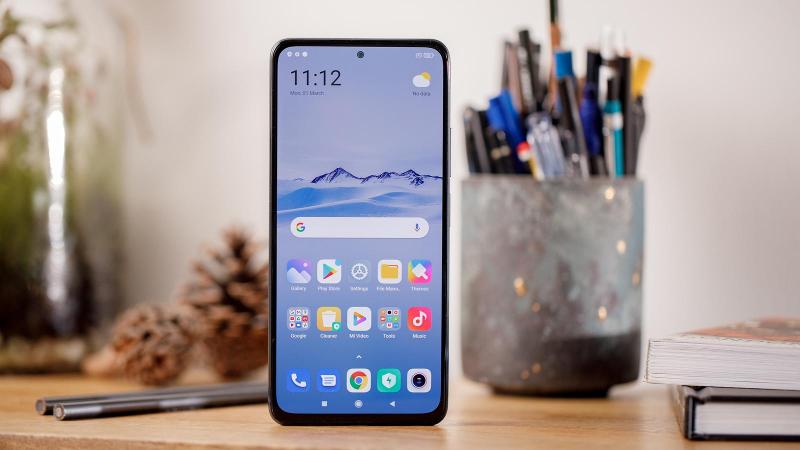
- Pros
- Superb performance
- Excellent OLED display
- Impressive cameras
- Cons
- Underwhelming battery life
The Poco F3 is a cracking mid-range phone. Stellar hardware is led by Qualcomm’s 5G-enabled Snapdragon 870 chipset, which delivers excellent performance across the board.
That extends to gaming, where the 120Hz OLED display comes into its own. However, that high refresh rate does hit battery life, especially when you’re working with a smaller capacity than the Poco X3 Pro.
A premium design and solid set of cameras make for an excellent smartphone experience.
Many people will find everything they’re looking for in the Poco X3 Pro, a device that retails for less than the Poco F3. Unless you value an OLED display, slightly better cameras or a glass back, the cheaper phone might be a better bet.
Read our full Xiaomi Poco F3 review
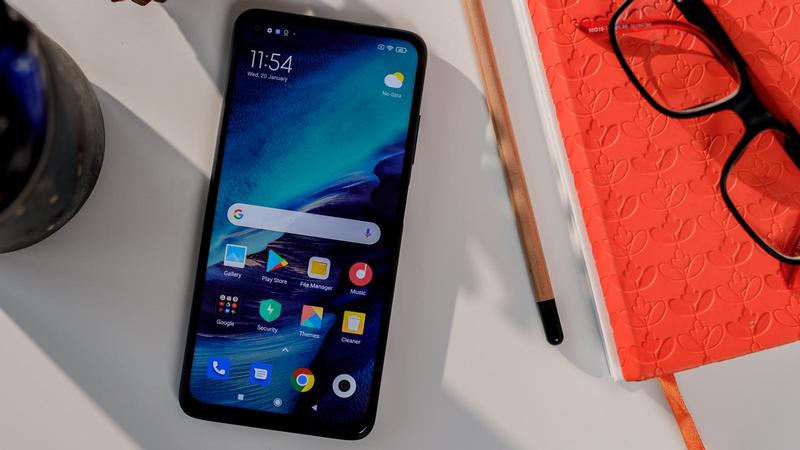
- Pros
- 5G on a budget
- Decent performance
- Long battery life
- Cons
- Cheap rear design
- Clunky fingerprint sensor
- 60Hz refresh rate
With Note 9T, Xiaomi brings 5G to its Redmi line. But it’s more than that: this is a budget phone offering fast performance, impressive battery life and a clear and crisp display.
It’s not all positive – the rear design isn’t overly impressive, the 60Hz refresh rate is low and the side-mounted fingerprint sensor is glitchy. Plus the camera isn’t the best when zooming, and textures are a little soft in portrait mode.
Nonetheless, if you want to jump aboard the 5G train without dropping a whole lot of cash on a phone, the Redmi Note 9T is absolutely one to consider.
Read our full Xiaomi Redmi Note 9T review
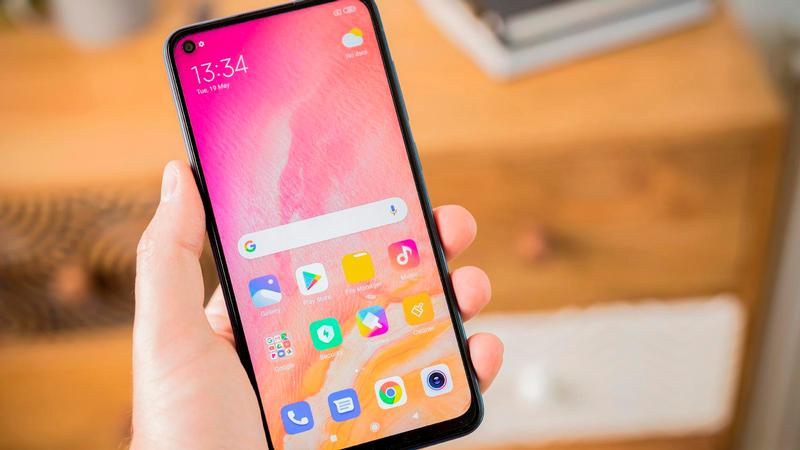
- Pros
- Competitive pricing
- Quad-lens camera
- 3.5mm headphone jack
- Cons
- Plastic body
- MediaTek chip sacrifices performance and battery life
If you’re on a tight budget, Redmi Note 9 is a fantastic smartphone below £200. It ticks a great many boxes and, though it isn’t flawless, you can’t argue with the value it offers.
Though it’s plastic it is well designed, and it comes with impressive-sounding features such as a quad-lens camera that performed mostly well in our tests, save for lacking some finer detail.
There’s enough power for casual users, though we had hoped for better performance from the huge-capacity 5,020mAh battery.
Read our full Xiaomi Redmi Note 9 review
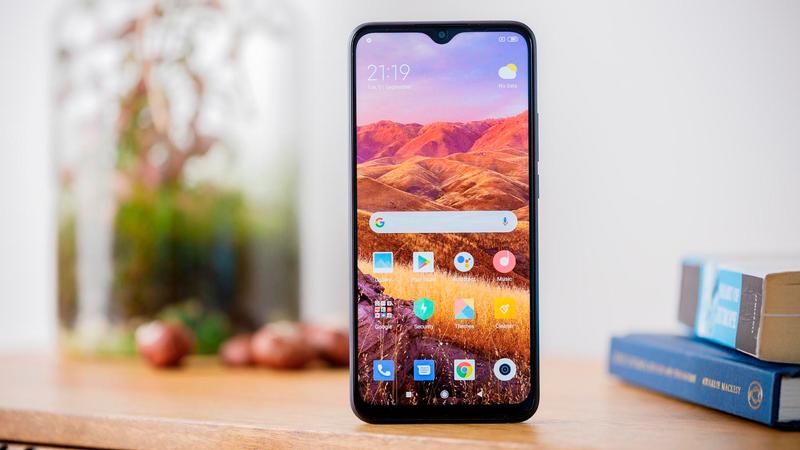
- Pros
- Cheap entry price
- Big battery
- Quad-lens camera
- 3.5mm headphone jack
- Cons
- Average performance
- Unimpressive photography
- Plastic build
If budget is your primary lookout, Redmi 9 is the best cheap phone we’ve found. Considered in isolation it has much to offer, with a big battery and a quad-lens camera the highlights – at least on paper.
In reality, performance and photography are distinctly average, it’s lacking necessities such as NFC (at least in some markets), and the plastic design with a somewhat dull display leaves us wanting.
You also don’t have to look to far to find considerably more value for money with just a small increase to your budget – you needn’t even look outside Xiaomi’s own product line. With notably better cameras, faster performance and higher storage options, Redmi 9 can’t hold a candle to Redmi Note 9 or the Poco X3 NFC.
Read our full Xiaomi Redmi 9 review
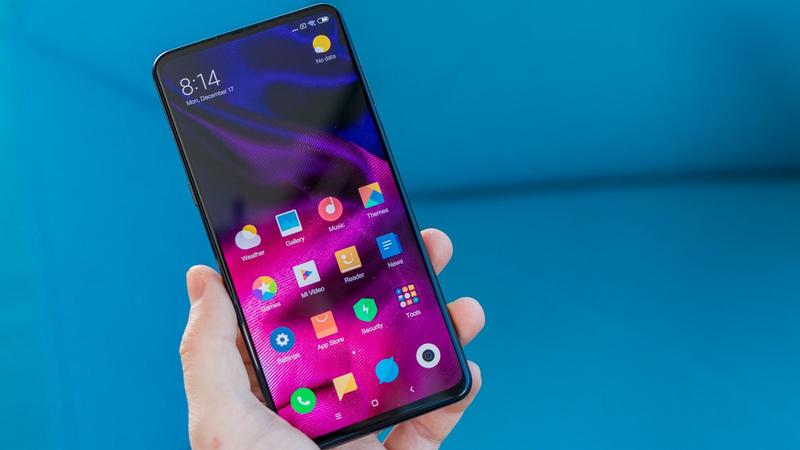
- Pros
- 5G
- Cool sliding design
- Excellent value
- Cons
First announced in late 2018, Mi Mix 3 is an outgoing flagship – but with 5G connectivity now available it still represents excellent value – especially below £250.
Swapping out the awkwardly placed selfie camera with a new dual-lens model that is tucked away behind the screen, the Mi Mix 3 is one of several slider phones that shows how the concept should work. Not only allowing a proper full-screen display, but adding quick-access functionality to the phone.
In other respects Mi Mix 3 is not a huge upgrade over the 2S, and actually loses some of its bling over its predecessor with the absence of its 18K gold camera surround. But it’s still a great phone, and it’s astonishing to see just how far the original full-display phone has come.
Current Xiaomi phone line-up
Of the Xiaomi phones available in the UK, most sit in either the Mi or Redmi line. Black Shark gaming phones and the high-value Poco smartphone series also owe their heritage to Xiaomi.
It used to be the case that Mi meant flagship and Redmi budget and mid-range, but these lines are becomingly increasingly blurred.
The Mi range now includes some budget and mid-range models, such as the Mi 11 Lite and Mi 11 Lite 5G, while many Redmi phones have adopted the premium design of the Mi line. It is still the norm to find better performance and cameras with the Mi line, and cheaper price points with Redmi.
Top of Xiaomi’s offering is Mi 11, which has now been joined by the Mi 11 Pro, Ultra, Lite 5G and 11i. The outgoing Mi 10 series remains a great offering, comprising a number of options that are so close in nomenclature that it can be rather confusing.
We have the Mi 10 Pro, Mi 10, Mi 10 Lite, Mi 10T Pro, Mi 10T, Mi 10T Lite, Mi Note 10 and Mi Note 10 Lite. Do not assume that the ‘T’ means it is an upgrade over the ‘non-T’ version, as is the case with OnePlus phones.
The Note moniker typically alludes to a larger screen, yet none of the models in Xiaomi’s Mi line-up might be considered small-screened. These are now the only Mi phones in the current UK line-up not to include 5G support.
It had been a while since we’ve seen new Mi A-series and Mi Mix-series models, but the Mi Mix Fold has recently been announced in China. The A series run Android One rather than Xiaomi’s own MIUI Android interface, but Xiaomi has now dropped the Android One programme, while the Mix series tend to be more revolutionary in their features and design.
Things don’t get any simpler with the Redmi line. Here, Note models are more likely to offer a larger screen, with the non-Note Redmi phones the smallest and cheapest in the entire Xiaomi line.
In 2021 the Redmi 10 series will be announced, with Redmi Note 10S, Redmi Note 10 Pro and Redmi Note 10 5G already confirmed. For the non-Note models, the Redmi 9 series is still the company’s latest.
Redmi 9A is the cheapest, followed by Redmi 9C and Redmi 9. This pattern is reversed in the Redmi Note line, where the standard Redmi Note 9 is the entry offering, followed by Redmi Note 9S, Redmi Note 9T and Redmi Note 9 Pro.
When you’re shopping at this end of the market, you will find 2GB or 3GB of RAM and sometimes just 32GB of storage. We would advise opting for a model with at least 4GB of RAM and 64GB of storage if your budget can stretch to it.
It is not uncommon to find previous-generation Xiaomi phones still on sale, though we wouldn’t recommend stepping down unless you’re getting a big discount. We’ve rounded up some of the best Xiaomi deals, just in case that helps sway your purchasing decision.
Should I buy a Xiaomi phone from China?
In the past we have often turned to GearBest and Geekbuying for shipping us Xiaomi phone samples, and you will typically find cheaper prices at these outlets than at the official UK Mi Store or Amazon. We would recommend either site for purchasing these phones, but with two caveats.
First, make sure you buy Global ROM…
